Understanding Digital Signage: How It Works and Enhances Business Communication – Explore Leading Digital Display Systems and Signage Solutions in the USA
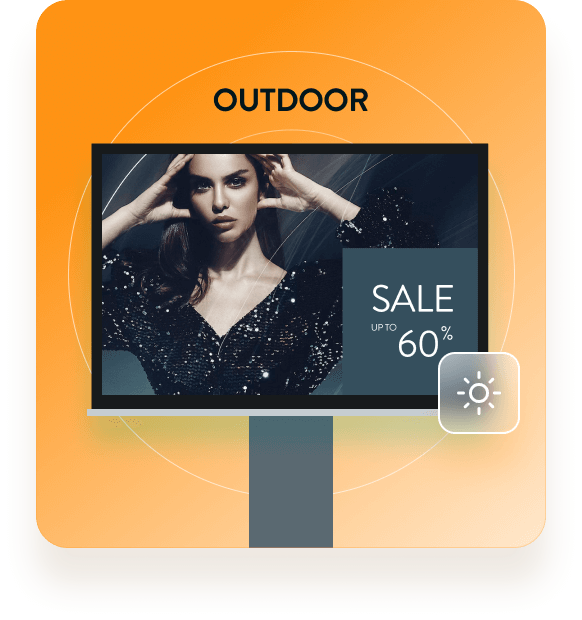
Outdoor digital signage is a dynamic advertising solution, enabling businesses to engage and captivate potential customers in high-traffic areas like airports, shopping centers, train stations, and major thoroughfares. These robust, interactive displays are designed to make a lasting impact, ensuring high visibility and effectiveness. With proven high conversion rates, outdoor digital displays are essential for businesses aiming to enhance their brand presence and consumer interaction in public spaces.
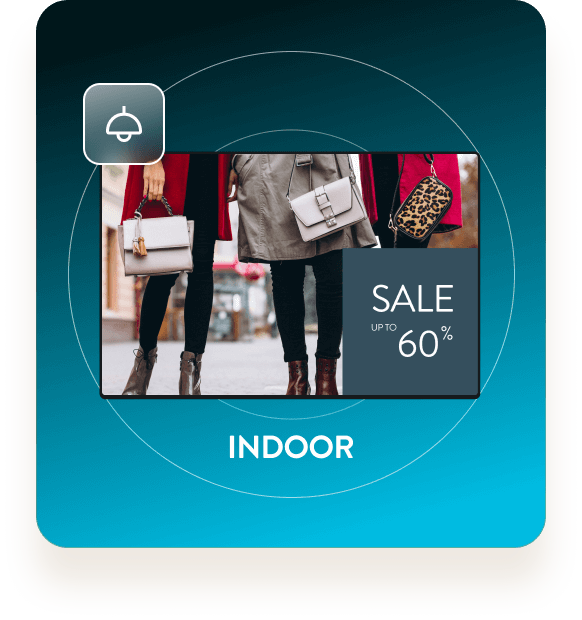
Indoor digital signage is a powerful tool for enhancing customer communication and engagement within stores and other indoor settings. By utilizing digital display systems, businesses can dynamically update information, promote special offers, and provide detailed product insights. Additionally, engaging features such as interactive games can transform the shopping experience, fostering increased customer loyalty and boosting profits. Embrace the benefits of indoor digital signage to elevate your in-store marketing and customer service strategy.
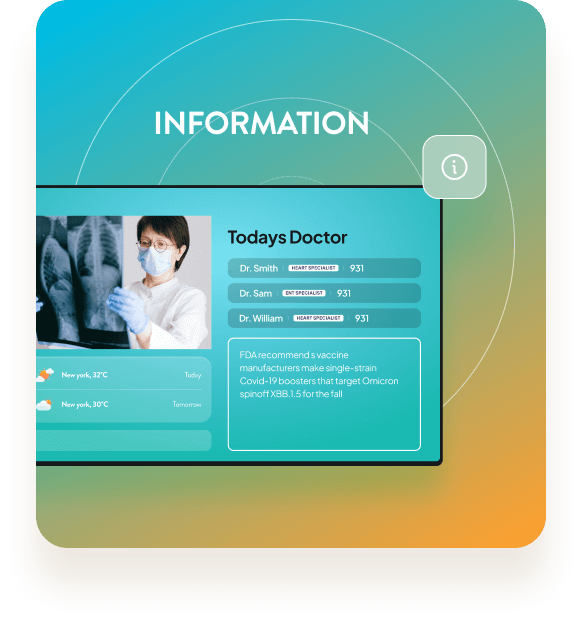
Digital signage isn’t just for advertising. A variety of organizations use it to communicate important information to their clients or customers. Digital signs are often used in airports, healthcare centers, hospitals, schools, banks, and other places where people need reliable updates on the goings-on of the establishment. Digital signage can be used to provide information on wait times, upcoming events, staff changes, and more.
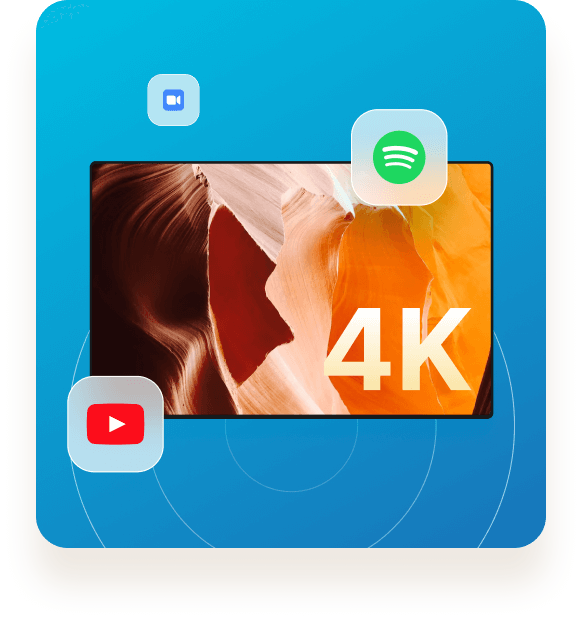
Digital signage can also be used to provide entertainment for customers or guests. Museums, aquariums, stores, and even restaurants have begun using digital signage as part of their décor in order to create a memorable experience and to reduce perceived wait times. Digital displays are often interactive and engaging, providing an immersive experience that draws people in and encourages them to stay longer.
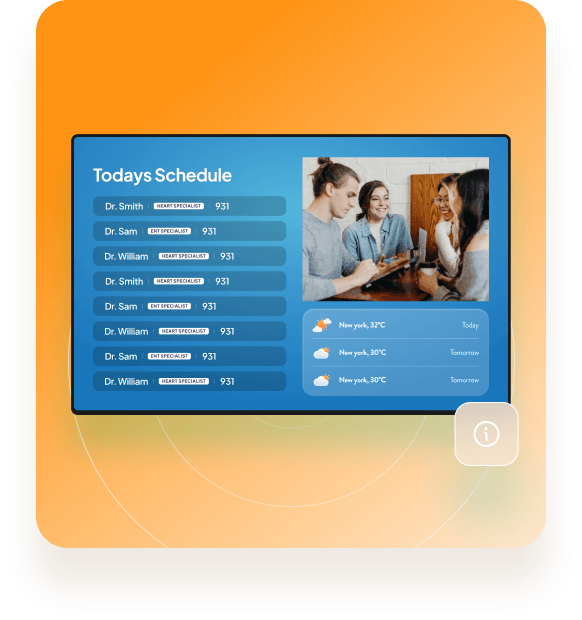
Digital signage is also often used as a form of internal corporate communication. This allows businesses to keep their employees up-to-date about changes in the company, new policies or procedures, employee benefits, and other important information. Digital signage also helps build morale and health competition between employees by displaying messages of appreciation or recognition from management.





Digital signage operates by leveraging cutting-edge technologies such as LCD, LED, and projection to display content on digital screens. These digital display systems are connected to a computer or network server, allowing for real-time content updates and management.
At CrownTV, we have engineered a comprehensive digital signage solution that includes a user-friendly dashboard, powerful media player, and a selection of premium screens, all integrated seamlessly with the CrownTV app store. This setup supports digital signage systems for various applications, from advertising to customer engagement, making us a leading digital signage solutions provider in the USA.
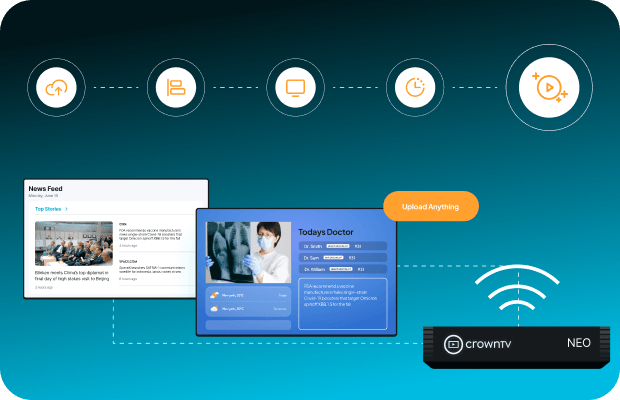
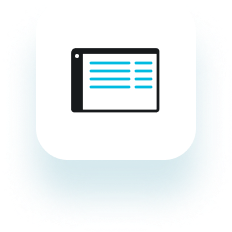
Dashboards are central to effective digital signage management, acting as the control center for your network’s content display. The CrownTV digital signage dashboard simplifies the process of updating and managing content across various locations. With our intuitive interface, you can effortlessly upload multimedia files, including images, videos, and PDFs. Enhance your brand’s presence by creating customized content with our extensive library of templates. Additionally, our dashboard allows for seamless integration of RSS news feeds, apps, and widgets from our expansive app store. This makes the CrownTV dashboard an indispensable tool for anyone looking to optimize their digital signage strategies with powerful and versatile digital signage software solutions.
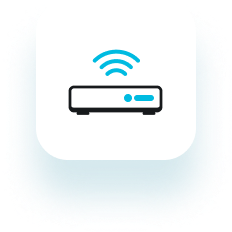
The CrownTV media player is the robust hardware component of our digital signage systems, designed to receive and display content seamlessly on digital screens. Compact and sleek, this powerful black box operates dependably with or without an internet connection, ensuring continuous playback and optimal performance in any setting.

The CrownTV app store enhances your digital signage with easy integrations like RSS news feeds, weather apps, and social media widgets, allowing for dynamic content without starting from scratch. With hundreds of options available, and the flexibility to add more upon request, CrownTV ensures your signage remains engaging and up-to-date effortlessly.
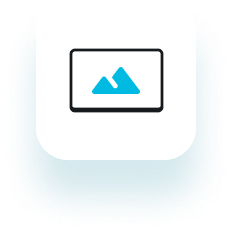
We offer top-tier digital display screens and commercial displays, sourced from leading hardware producers at unbeatable prices. Leveraging decades of expertise in the digital signage industry, we provide expert guidance on selecting the ideal size, type, and power of screens to optimize your digital signage solutions, ensuring you get the most effective and visually impactful displays tailored to your needs.

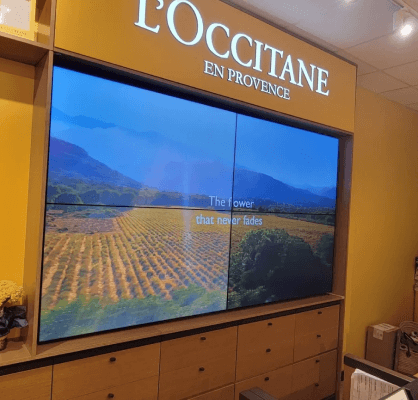




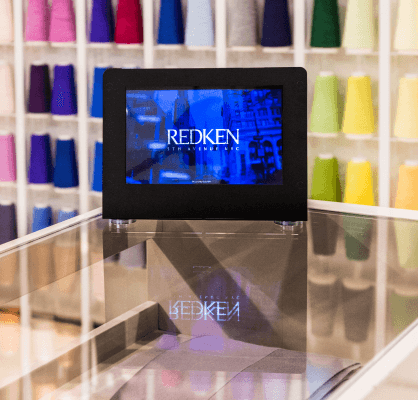
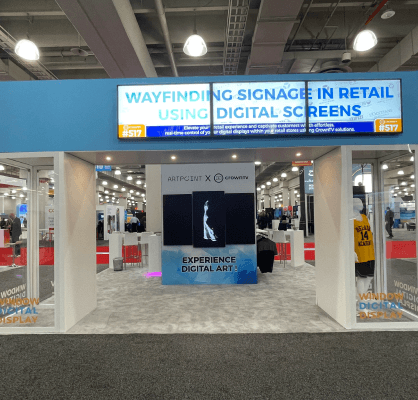
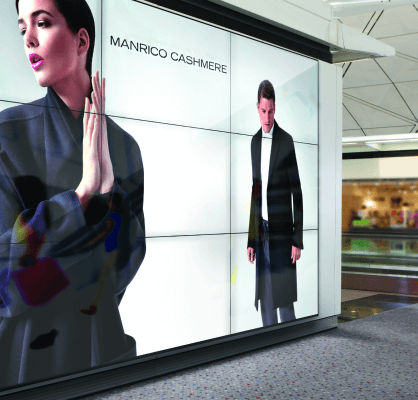
And not just any digital signage. Go for the CrownTV excellence.
CROWNTV IS A REGISTERED TRADEMARK OF CROWN HEIGHTS COMMUNICATION INC
ADDRESS:
433 BROADWAY #221, MANHATTAN, NY 10013